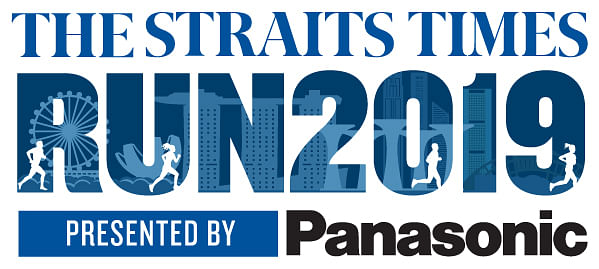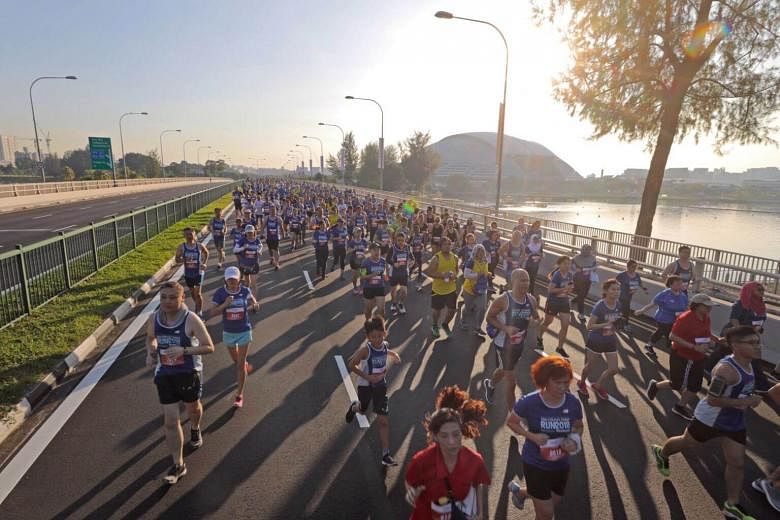Your feet play a significant role in your ability to run fast and injury-free. Mine have taken a beating over the years because I love to run.
During the New Zealand triathlon years ago, a race official moved my shoes. I could not find them and had to do the 5km run barefoot over a rural road.
At the end, I was in excruciating pain, with both feet covered in blood blisters, and visited the hospital daily to have them drained.
I was on crutches for three days but, thanks to the doctors and my podiatrist, I was back running on day four.
I have suffered cuts and bruises, sprains, heel pain and tendonitis, but, overall, I have treated my feet well and they have returned the favour.
To discuss the importance of your feet and how to care for them, I have asked my friend Tim Maiden for advice.
He is a senior podiatrist at The Foot Practice, a clinic offering a range of foot care and podiatry services to athletes, diabetics, children and anyone with lower leg and foot problems.

Here is what Maiden has to say:
Your feet absorb around two times your body weight when walking and up to 10 times when running, so you can understand the stress put on them each day.
The average person will take 216,262,500 steps in their lifetime. A runner will likely take more than that, so you must respect your feet and treat them well.
Here are three common concerns I hear from runners in my clinic.
-
Registration ends on Sept 1
-
Registration for The Straits Times Run closes on Sunday, Sept 1. To sign up for the Sept 29 event, go to www.straitstimesrun.com.
Normal registration fees are $70 (18.45km), $60 (10km) and $50 (3.5km), respectively. Participants of any past edition enjoy a Loyal Runner rate and need only pay $58, $48 and $38, respectively.
OCBC cardholders and participants of the OCBC Cycle 2019, a partner of the ST Run, will enjoy 15 per cent off the normal rates.
All ST Run participants will receive goodie bags that include a New Balance NB Dry running top and NB Dry finisher's T-shirt. Both are limited edition and worth $49.
PICK THE RIGHT SHOES
When Podiatry UK surveyed 2,000 adults in 2014, it found that one third of the men and nearly half of the women were shoving their feet into ill-fitting shoes.
Shoes are made identical but our feet are not, so you need to choose wisely. Try on models from a range of brands. Try different sizes too and buy them when your feet are at their largest - typically late in the day or after exercise.
Comfort is the most critical criterion. Do not buy with the idea that you will get used to them. You may, but why not enjoy the ride from the start? If you own a pair and do not like how they feel, you can change your socks, insoles or lacing technique to improve comfort level.
BLISTERS
Blisters are among the common causes of soft-tissue injury in runners, and I treat them regularly. These are the accumulation of micro tears under the skin surface which form a fluid-filled bubble.
Blisters are caused by shear, mainly due to:
•Biomechanics: The way you run and how your feet hit the ground;
• High pressure: A part of the shoe or sock pressing consistently over a period of time; and
• High movement: Sliding within your shoes.
The good news is that blisters are 100 per cent preventable.
These are my favourite approaches, or you can also Google to learn more about:
• Shoe-lacing methods;
• Engo plasters;
• Toe socks; and
• Orthoses.
BLACK TOENAILS
You can often recognise a runner by their toenails. Black toenails in runners are most commonly caused by fungal infection or trauma.
Trauma comes in two forms:
• The top of your shoe rubbing against your toenail; and
• Toe slamming into the end of your shoe or dropping something heavy on it.
Getting the right equipment is the best prevention - the right-sized shoes and thin socks with minimal seams as thick socks may place too much pressure on toenails.
You can also resort to lock-lacing techniques and experiment with toe taping or silicone toe protectors.
By applying these strategies, your feet will have room to breathe and will treat you well for years to come.
• Tim Maiden is a keen runner who has worked with sports teams, and professional and amateur athletes. The Foot Practice podiatry clinic provides functional practical care for both athletes and laymen.



